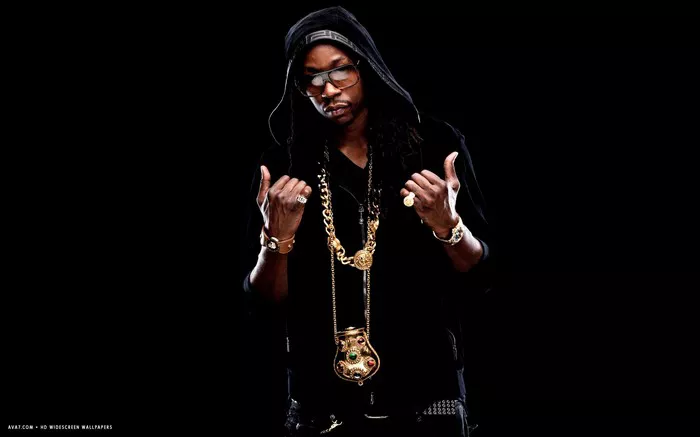Rap music has undergone a remarkable transformation since its inception in the late 1970s. From its roots in the South Bronx, where it was a form of self-expression for marginalized communities, rap has grown into a global cultural phenomenon. Today, when we ask the question, “What type of rap is popular right now?” we are met with a diverse and dynamic landscape that reflects the genre’s ability to adapt and resonate with new generations. In this article, we will explore the various subgenres and styles within rap music that are currently making waves in the industry and shaping its future.
1. The Resurgence of Boom Bap: A Nostalgic Return to Rap’s Roots
In recent years, there has been a resurgence of interest in boom bap rap music. This subgenre, characterized by its use of sampled beats, heavy basslines, and intricate lyricism, harkens back to rap’s golden age in the 1990s. Artists like Joey Bada$$, J. Cole, and Kendrick Lamar have embraced this style, infusing it with modern sensibilities. Boom bap rap music captures the essence of storytelling and wordplay that has always been a hallmark of the genre.
2. Trap Music: A Dominant Force in Contemporary Rap
While boom bap offers a nostalgic trip down memory lane, trap music has firmly established itself as a dominant force in contemporary rap. Originating in the Southern United States, trap music is characterized by its heavy use of 808 drum machines, hi-hats, and lyrics that often revolve around street life and hustling. Artists like Future, Migos, and Travis Scott have become household names within the trap subgenre. Their music often features infectious melodies and hypnotic beats that have made trap a global phenomenon.
3. Mumble Rap: Controversy and Creativity
One subgenre that has generated both excitement and controversy in recent years is mumble rap. This style is characterized by its use of repetitive, melodic flows and lyrics that are sometimes difficult to decipher. Critics argue that mumble rap lacks the lyrical complexity of its predecessors, while proponents appreciate its focus on mood and vibe. Artists like Lil Uzi Vert, Lil Yachty, and Playboi Carti are often associated with mumble rap, and their music has gained immense popularity among younger audiences.
4. Conscious Rap: Music with a Message
In the ever-diverse world of rap music, conscious rap remains a powerful and influential subgenre. Artists like Kendrick Lamar and J. Cole, known for their socially conscious lyrics and thought-provoking themes, have used their platforms to address pressing issues such as racial inequality, systemic injustice, and mental health. Conscious rap serves as a reminder that rap music is not only about entertainment but also a powerful medium for social commentary and change.
5. Experimental Rap: Pushing Boundaries and Defying Conventions
Rap music’s capacity for innovation is exemplified by the thriving subgenre of experimental rap. Artists like Kanye West, Tyler, the Creator, and Kid Cudi have pushed the boundaries of what rap can be, incorporating elements of rock, electronic music, and avant-garde aesthetics into their work. This approach challenges traditional notions of rap and showcases its ability to adapt to new musical landscapes.
6. Regional Diversity: The Global Reach of Rap
Rap music’s popularity is not confined to the United States. It has spread its influence worldwide, giving rise to regional variations and hybrid styles. In the United Kingdom, for instance, grime music has gained prominence with artists like Stormzy and Skepta leading the way. Meanwhile, in South Korea, the K-hip-hop scene has garnered international attention, with acts like BTS and CL breaking boundaries and language barriers.
7. SoundCloud Rap: The Digital Revolution
The advent of streaming platforms and social media has democratized the rap music landscape. SoundCloud rap, a term often used to describe artists who gained prominence by uploading their music to SoundCloud and other online platforms, has become a notable phenomenon. Artists like XXXTentacion and Lil Pump initially rose to fame through this digital revolution, showcasing the power of the internet in shaping rap music’s evolution.
8. Collaborations and Cross-Pollination: The Blurring of Genre Lines
One of the most exciting aspects of contemporary rap music is its willingness to collaborate and cross-pollinate with other genres. Artists are breaking down traditional barriers, collaborating with musicians from diverse backgrounds, including rock, pop, and electronic music. This fusion has resulted in chart-topping hits and expanded the genre’s horizons.
9. Rap’s Influence on Fashion and Culture
Beyond the music itself, rap’s influence extends to fashion, art, and culture. Hip-hop fashion, characterized by baggy jeans, oversized t-shirts, and iconic accessories like chains and sneakers, has become a global trend. Rap music has also played a significant role in promoting social and cultural movements, including the Black Lives Matter movement and discussions about mental health.
10. The Future of Rap: What Lies Ahead
As we ponder the question, “What type of rap is popular right now?” it’s clear that the genre’s future is as promising as its past. The diversity of styles and voices within rap music ensures its continued relevance and evolution. Emerging artists continue to push the boundaries of the genre, and technological advancements promise to reshape the way rap music is created and consumed.
Conclusion
In conclusion, rap music is a dynamic and ever-evolving genre that defies easy categorization. Boom bap, trap, mumble rap, conscious rap, experimental rap, and many other subgenres coexist and thrive within the rap music landscape. Regional diversity, digital innovation, and cultural influence further contribute to rap’s multifaceted nature. While it’s impossible to definitively answer the question of what type of rap is popular right now, one thing is certain: rap music will continue to captivate and inspire audiences worldwide, shaping the future of music and culture for years to come.

